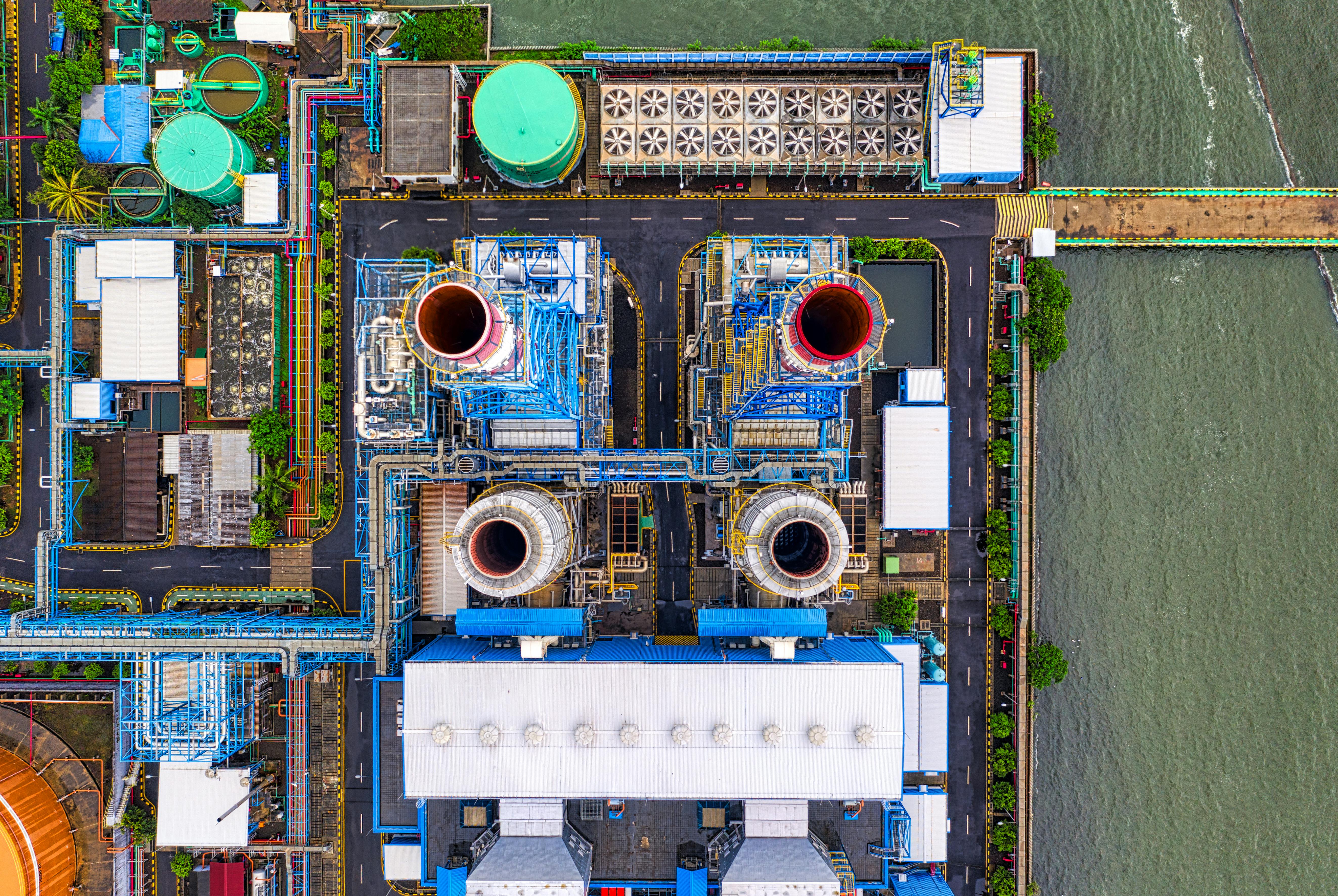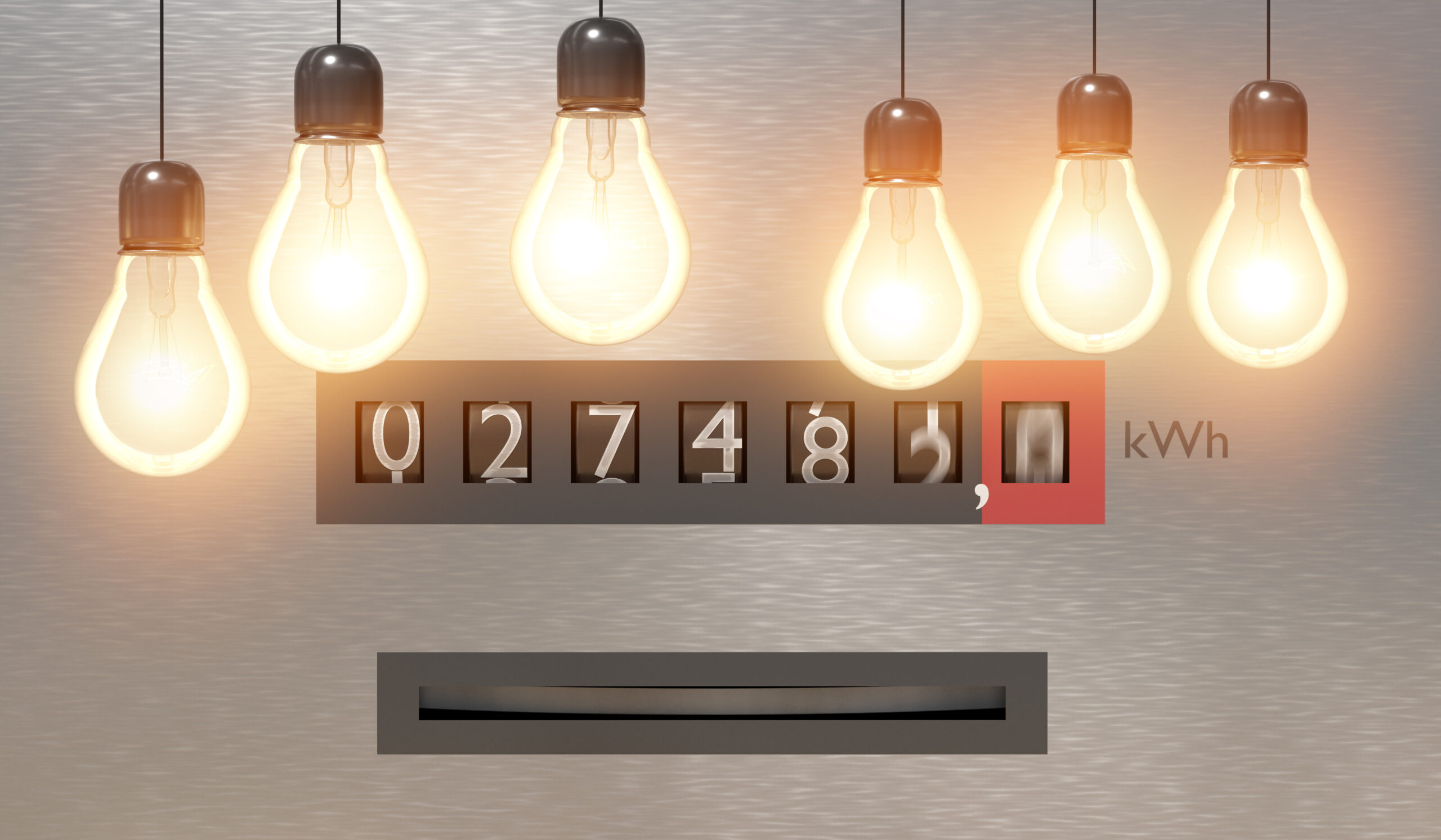This page will explore the future of Australia’s coal-fired power plants.
On this page
The End Of Coal
In recent years, coal has become a problematic, expensive primary source of power, not to mention the fact that it’s the dirtiest energy compared to the newer, cleaner, cheaper renewable options. Three main factors are driving Australia’s power suppliers to make coal a thing of the past.
In May 2022, the government unveiled the latest plan which has an interim goal of a 43% reduction of greenhouse gases by 2030, compared to 2005 levels.
So what does this have to do with the power stations? Well, coal-fired power plants are responsible for approximately 30% of the country’s greenhouse gases. So in short, to meet the net-zero goal, they have to go. Power companies have been coming under increasing pressure from the public, environmental groups and the government to bring forward the move away from coal.
-
State policies
|
State |
Goal |
Deadline |
|
Federal |
Net zero |
2050 |
|
43% reduction from 2005 emissions levels |
2030 |
|
|
Victoria |
95% of electricity from renewables |
2035 |
|
New South Wales |
50% reduction from 2005 emissions levels |
2030 |
|
Queensland |
80% of electricity from renewables |
2035 |
|
South Australia |
100% of electricity from renewables |
2035 |
|
ACT |
100% of electricity from renewables |
Completed in 2020 |
|
Western Australia |
80% reduction from 2020 emissions levels |
2030 |
|
Northern Territory |
50% of electricity from renewables |
2030 |
|
Tasmania |
200% of electricity from renewables |
2040 |
This heavy reliance on coal threw the energy sector into chaos in early 2022, when the perfect storm of ongoing COVID-related transport issues and the war in Ukraine combined to send international coal prices through the roof. Add to that Australia’s record early winter cold snap, and we found ourselves in a serious power crisis that is ongoing to this day.
It’s crucial that Australia takes steps to protect itself from any future power crises. We can do this by transitioning away from a reliance on coal and towards domestic power sources. This will involve protecting our wealth of natural gas as well as heavy investment in large-scale renewables including solar power and hydroelectric power.
Australia will need to make a huge investment in the coming years in transmission lines and storage upgrades to make this a reality, but the result will be a cleaner, cheaper, and more reliable domestic source of electricity, protecting our energy for generations to come.
As of early 2017, approximately 75% of Australia’s coal-fired power stations were running beyond their original design life. The Australian Energy Market Operator (AEMO) expected that 14 GW of coal-fired generation would need to be retired by 2040, even without the planned closures.
As you would expect, the old power stations are inefficient, carbon-intensive, unreliable, and increasingly expensive to maintain, leading power companies to question, with the improvements in renewables, is it worth the cost of maintenance to keep them open.
From a purely financial perspective, it makes sense for power suppliers to move their focus to renewables which will lead to the cheaper, more reliable generation of electricity as well as economic growth, job creation, and a positive environmental impact.
A spokesman for the Climate Council said “Coal is unable to compete on cost with renewable energy, it is also inflexible, aging, unreliable, and inefficient.”

Who Is Responsible For Closing Australia’s Power Plants?
While the closure of coal-fired power stations is part of a bigger national and global movement, the decision on when to close individual plants comes down to the owners.
In Australia, the majority of the power stations are owned by the “Big Three” energy companies – AGL, Origin Energy and EnergyAustralia. Their plans are discussed below.
This includes the closure of the large Liddell and Bayswater power stations in NSW and the Loy Yang power station in Victoria, which currently provides nearly a third of the state’s electricity.
This news was welcomed by environmentalists – Loy Yang is the country’s dirtiest power plant, producing more than 3% of Australia’s carbon emissions, which is around 16.6 million tonnes. However, others are concerned that the closure has been brought forward a decade earlier than planned, with the possibility it will lead to a supply shortage if the generation capacity of renewables doesn’t increase to meet demand in time.
To maintain its generation capacity, AGL will invest up to $20 billion in renewable energy generation and storage technology. As a result of the announcement, AGL shares shot up by 19 cents, so they must be on the right track!
The power station emits over 13 million tonnes of carbon per year, so its closure will make a big impact on the road to net zero.
However, the decision to close the plant early has been driven more by economics than environmental responsibility. The CEO has stated that “the reality is the economics of coal-fired power stations are being put under increasing, unsustainable pressure by cleaner and lower-cost generation, including solar, wind and batteries.”
In its place, EnergyAustralia will create a new 350 MW, four-hour, utility-scale battery project. This is planned to be completed by 2026 in order to secure the power supply to Victoria before the closure of Yallourn.
- Scheduled closures
| Power station | Scheduled closure | Owner | |
| New South Wales | Bayswater | 2033 | AGL |
| Eraring | 2025 | Origin | |
| Liddell | 2023 | AGL | |
| Mt Piper | 2040 | EnergyAustralia | |
| Vales Point B | 2029 | Delta | |
| Queensland | Callide B | 2028 | CS Energy, Intergen |
| Callide C | Not Announced | CS Energy, Intergen | |
| Gladstone | 2035 | Rio Tinto, NRG | |
| Kogan Creek | 2042 | CS Energy | |
| Millmerran | 2051 | Intergen | |
| Stanwell | 2046 | Stanwell | |
| Tarong | 2037 | Stanwell | |
| Tarong North | 2037 | Stanwell | |
| Victoria | Loy Yang A | 2035 | AGL |
| Loy Yang B | 2047 | Chow Tai Fook, Alinta Energy | |
| Yallourn Power Station | 2028 | EnergyAustralia | |
| Western Australia | Collie | 2027 | Synergy |
| Muja | 2022 | Synergy | |
| Bluewaters | Not Announced | Sumitomo Group, Kansai Electric |
Are there any risks with the closure of power plants?

While it’s easy to see the benefits of moving away from coal, there are also some risks involved. The main risks are:
When Yallourn power station closes, the local council predicts the loss of hundreds of local jobs, with a significant impact on the local economy. In response, EnergyAustralia has pledged that Yallourn’s workforce will be supported with a multimillion-dollar package to help them plan, reskill or retrain for their future, on top of their standard worker entitlements.
In addition, the local council receives significant rates from the power station, which are put towards local projects and works. The Latrobe Council lost an estimated $2 million in rates when the Hazlewood power station closed, with more losses on the cards in 2028 when Yallourn closes its doors.
To prevent this from happening when future closures take place, the supply will need to be replaced by renewable or other energy generation sources. The concern is that, because there is no national roadmap to coordinate the closures, there will not be a smooth transition which could result in short-term pain for customers.
As well as replacing the generation capacity of coal, there needs to be significant work undertaken to upgrade the national grid to make it suitable to transport energy from renewable sources around the country.
Because the power station closures are being managed on an individual basis by their owners, there is no coordinated plan to make sure the NEM is ready for the transition at the same time.

Conclusion
Australia was once considered the climate policy laggard, with uninspiring targets and seemingly a commitment to coal over the environment. However, we now have some ambitious targets that will see us reach net-zero emissions by 2050 and do our part in the fight against climate change.
At the same time, we will protect ourselves from any future power crises with a reliable, domestic source of cheap renewable energy and retire our ageing coal-fired power stations, cutting the losses on the expensive maintenance needed to keep them running.
However, there are some concerns with the transition to renewables. There is no national roadmap to make sure the closure of the coal-fired power stations won’t result in power shortages and soaring energy costs. And undeniably, the closure of one of Australia’s biggest industries will result in hundreds of job losses to the detriment of local communities.
Renewable energy is the way of the future, so now it’s up to Australia to make sure it works for us!
If you’d like to read more about the topics covered on this page, check out the links below:
About CheapBills
CheapBills is an energy comparison service, finding cheap electricity and gas plans for our customers since 2013. We can help you compare energy in Victoria, New South Wales, South-East Queensland, South Australia, the ACT and Tasmania.
Our 100% free service helps to find you the best deal, switch electricity and gas to a new provider and connect electricity and gas to your home. In addition, we can even make you some huge savings on your NBN, 5G home internet and Pay TV Australia.








